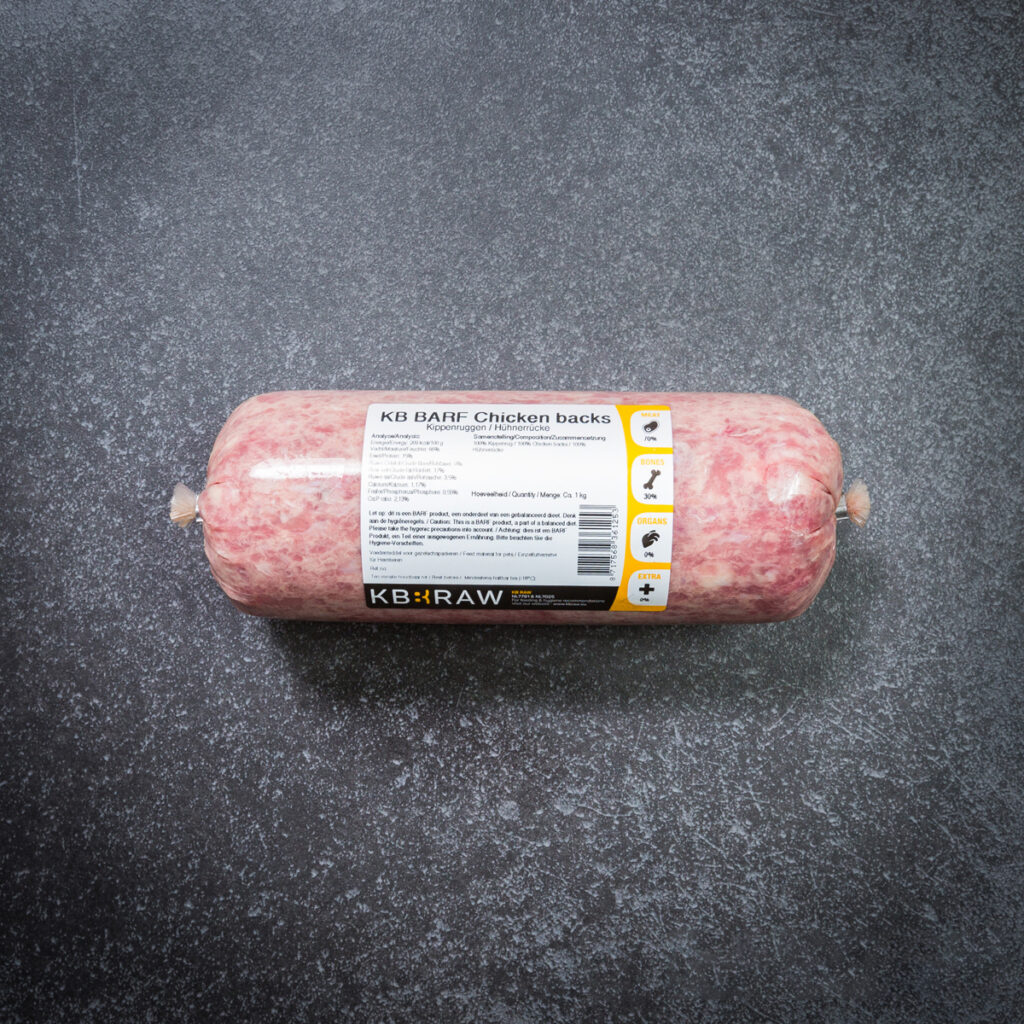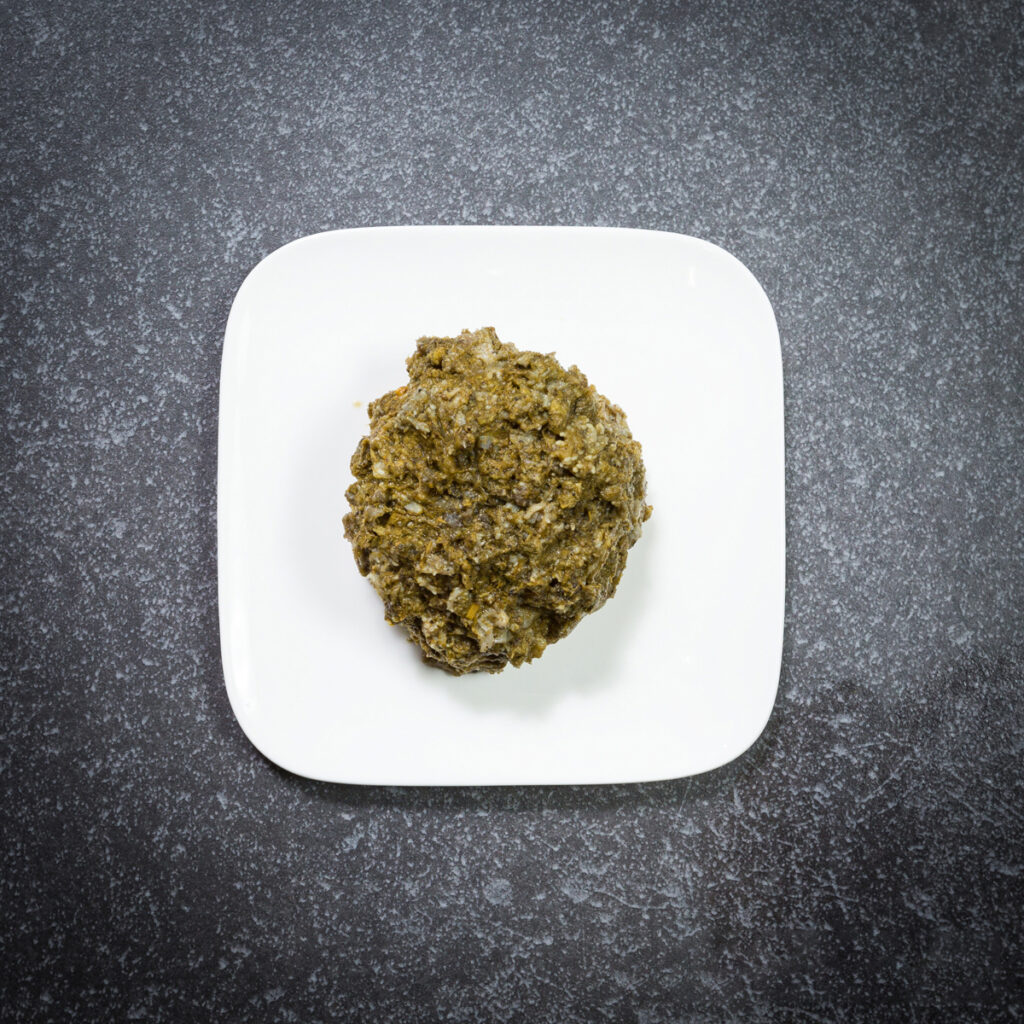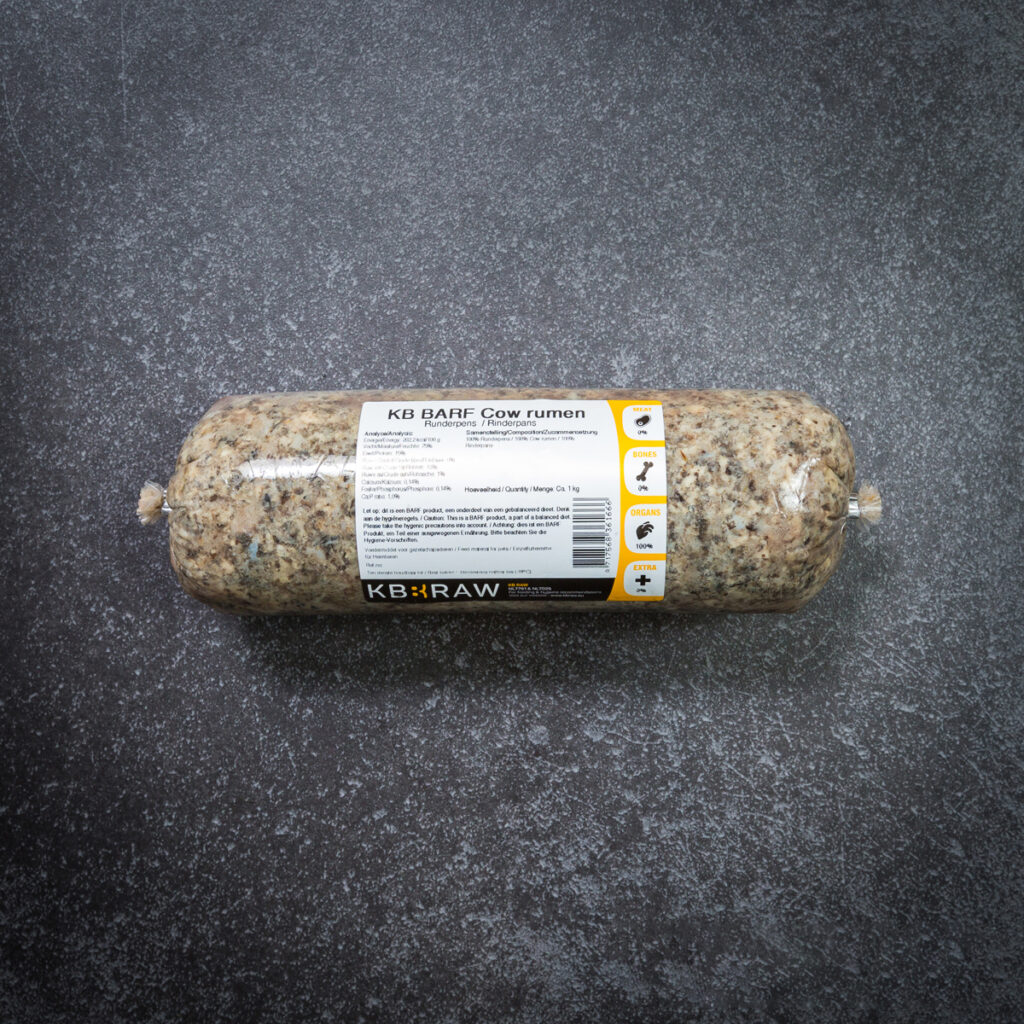Love our pets, always!
Pet care is our way of life
The Evolution of Feeding Practices for Dogs and Cats: The Rise of the BARF Diet
The feeding habits of domesticated dogs and cats have undergone significant changes over the centuries. As these animals transitioned from wild companions to beloved pets, their diets evolved from scavenging in the wild to being provided with specialized feeds by their human caretakers. Among these dietary options, the BARF diet—an acronym for Biologically Appropriate Raw Food or Bones and Raw Food—has gained substantial attention for its health benefits and alignment with the natural feeding habits of these animals.
A Historical Perspective: From Wild to Domestic
Historically, both dogs and cats were hunters. Canines, descendants of wolves, and felines, closely related to wild cats, thrived on raw meat, bones, and offal in the wild. Their digestive systems are naturally designed to process and extract nutrients from raw, protein-rich diets. The domestication of these animals began thousands of years ago, with dogs likely being the first to join human communities as hunting companions, guardians, and herd protectors. Cats, on the other hand, were domesticated primarily to control vermin populations around human settlements.
As dogs and cats became integral parts of human society, their diets began to change. The advent of commercial pet foods in the 19th century marked the beginning of a shift towards processed and convenient feeding solutions. By the mid-20th century, dry kibble and canned pet foods dominated the market, promising balanced nutrition and ease of feeding. However, as we gained more understanding of animal nutrition, concerns about the long-term health implications of these processed diets began to surface.
Modern Feeding Trends: Towards a Natural Diet
Today, there is a growing trend among pet owners to return to more natural feeding practices, seeking diets that reflect the evolutionary needs of their animals. The BARF diet has emerged as a leading choice for those looking to replicate the ancestral diet of dogs and cats. This diet typically consists of raw meat, bones, fruits, vegetables, and supplements to provide a balanced nutritional profile.
Proponents of the BARF diet argue that it offers numerous health benefits, such as improved digestion, healthier skin and coat, stronger immune system, and better weight management. It is believed that feeding dogs and cats a diet that closely resembles what they would eat in the wild can reduce the risk of health issues such as obesity, allergies, and gastrointestinal problems.
The Science Behind BARF: Benefits and Considerations
1. Improved Digestion: Raw diets are rich in natural enzymes that aid in digestion. Unlike processed foods, which often contain fillers and preservatives, BARF ingredients are easier for pets to digest, resulting in less gastrointestinal distress and firmer, smaller stools.
2. Regulated Body Weight: The high protein and low carbohydrate content of the BARF diet helps maintain a healthy body weight. This is particularly beneficial for dogs and cats prone to obesity, as it reduces the risk of weight-related health issues such as diabetes and joint problems.
3. Enhanced Immunity: A diet rich in raw meat and bones supports a strong immune system by providing essential nutrients like vitamins A, B, and D, zinc, and selenium. These nutrients play a crucial role in immune function, helping pets fight off infections and diseases.
4. Healthier Skin and Coat: The BARF diet is abundant in essential fatty acids like omega-3 and omega-6, which are vital for maintaining healthy skin and a shiny coat. Pets on a raw diet often experience reduced shedding and fewer skin irritations.
5. Dental Health: Chewing on raw bones helps to naturally clean a dog’s teeth, reducing plaque build-up and promoting healthy gums. This is an important aspect of overall health, as dental issues can lead to more serious systemic problems if left untreated.
Market Trends: BARF Diet in the Western World
The popularity of the BARF diet has been steadily rising in the Western world, particularly in Northern Europe, the UK, the USA, and Southern Europe, including Portugal and Spain. In countries like Germany and the Netherlands, raw feeding has become mainstream, supported by a robust market of high-quality BARF products. According to market data, the BARF diet accounts for approximately 10-15% of the total pet food market in these regions, with higher penetration in countries like Germany and the Netherlands.
In the UK and the USA, the BARF diet is gaining traction among health-conscious pet owners who are increasingly skeptical of conventional pet foods. The market share in these countries is estimated to be around 5-10%, with significant growth potential as more consumers become aware of the benefits of raw feeding.
The Portuguese Market: A New Frontier for BARF
In Southern Europe, particularly in Portugal and Spain, the BARF diet is still relatively new but growing rapidly. Pet Play Unip. Lda is at the forefront of this movement in Portugal, bringing expertise from countries like Germany and the Netherlands, where BARF feeding practices are well established. By providing high-quality BARF products at affordable prices, Pet Play is poised to revolutionize the pet food market in Portugal.
Leveraging Expertise from Germany and the Netherlands
Germany and the Netherlands are known for their advanced research and development in the field of pet nutrition. The experience gained in these countries in formulating balanced and safe BARF diets is invaluable. Pet Play’s collaboration with established BARF producers ensures that Portuguese pet owners have access to premium raw food products that meet the highest standards of quality and safety.
Why BARF is Superior
The superiority of the BARF diet lies in its alignment with the natural dietary needs of dogs and cats. By providing raw, unprocessed ingredients, it eliminates the artificial additives and fillers commonly found in commercial pet foods. This natural approach not only supports optimal health but also enhances the quality of life for pets by reducing the risk of chronic health issues.
Conclusion: The Future of Pet Nutrition in Portugal
As the benefits of the BARF diet become more widely recognized, it is likely to see increased adoption in Portugal and other parts of Southern Europe. Pet Play Unip. Lda’s commitment to introducing high-quality BARF products to the Portuguese market is a significant step forward in promoting healthier, happier pets. With a focus on natural nutrition, Pet Play is not just selling food; it’s fostering a community of pet owners who are dedicated to giving their pets the best possible care.
By embracing the principles of raw feeding, pet owners in Portugal and beyond can ensure that their furry companions live long, healthy, and vibrant lives.
We're here for you
BARF Top Sellers

Tailor-made insurance
Lorem ipsum dolor sit amet, consectetur eiusmod tempor incididunt

On-demand healthcare
Lorem ipsum dolor sit amet, consectetur eiusmod tempor incididunt

Tailor-made insurance
Lorem ipsum dolor sit amet, consectetur eiusmod tempor incididunt
